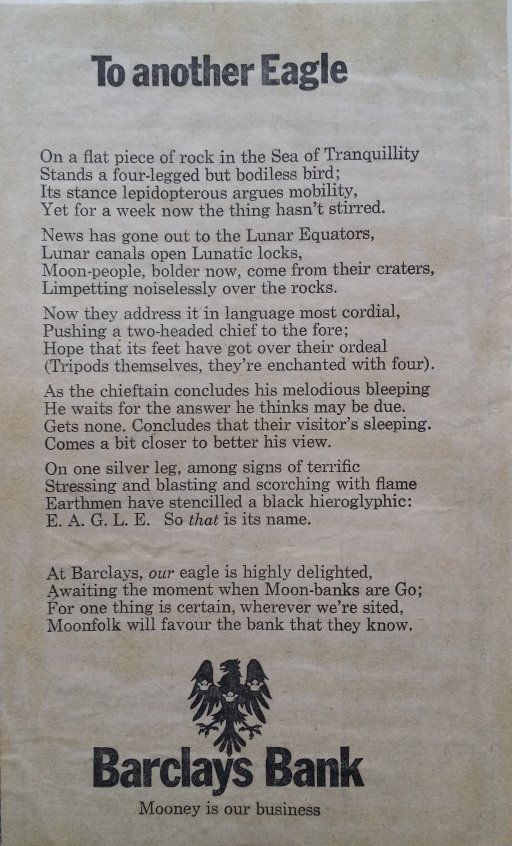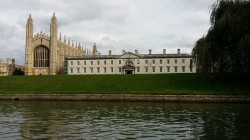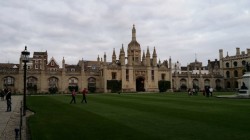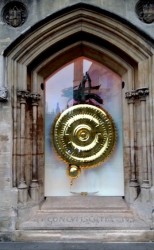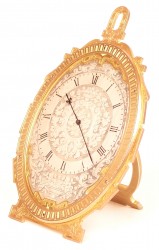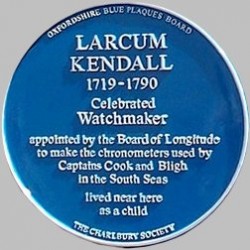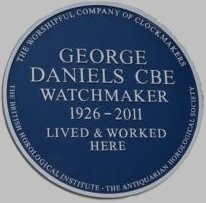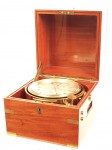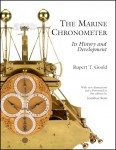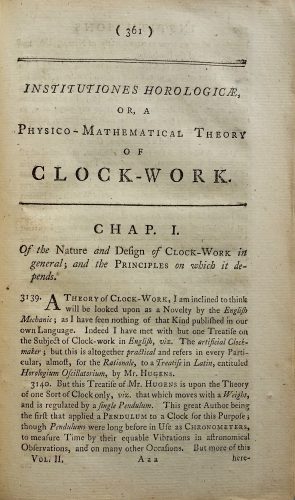
Title page of Institutiones Horologicae
Institutiones Horologicae, or, A Physico-Mathematical Theory of Clock-Work is a little known work by Benjamin Martin being the horological section of a much larger work printed in London for W. Owen, at Homer’s Head near Temple Bar, Fleet Street.
The book, published in 1764, is about the mathematical and physical principles of clockwork and how to calculate gear trains; the theory of pendulums and balance springs; the principles of celestial mechanics applied to the construction of planetariums, lunariums, etc; an explanation of the equation of time; and the theory and construction of sundials.
Benjamin Martin (note 1) is an interesting character, he was self-educated and his first profession was as a schoolmaster. Later he became a well known travelling lecturer and author making the new science of experimental philosophy popular in eighteenth century Britain. In 1756 he started an instrument making business in Fleet Street, London and was a successful retailer of scientific instruments. His publications, including The General Magazine, publicised and promoted his business. Continue reading →
